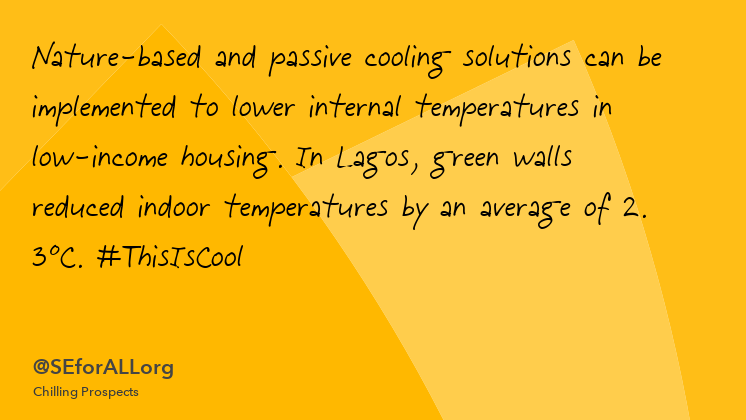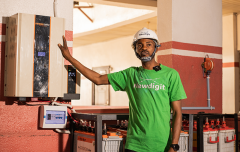Chilling Prospects: Sustainable cooling in buildings and cities – Nigeria case study
Nigeria is one of the Critical 9 [1] countries facing a significant cooling access gap, with 114.9 million people (53 percent of the total population) at high risk due to high temperatures. This represents a significant share of the population living in poverty and lacking access to sufficient and reliable electricity.
Policy, practical and research initiatives are underway to adapt and establish sustainable cooling in Nigeria’s buildings and cities. These efforts aim to enhance human comfort and safety while simultaneously curbing the country's excessive energy consumption and greenhouse gas (GHG) emissions.
In 2017, the first Nigeria Building Energy Efficiency Code was launched following a process of existing building code analysis, stakeholder consultation, industry training and a demonstration project that ensured it was tailored to the local context. [2] The code follows a methodology that prioritizes passive design to reduce energy demand and encourages efficient building systems to reduce energy consumption.






